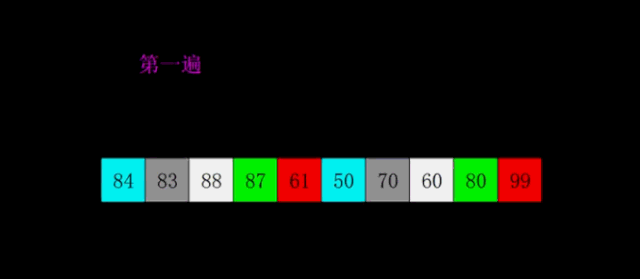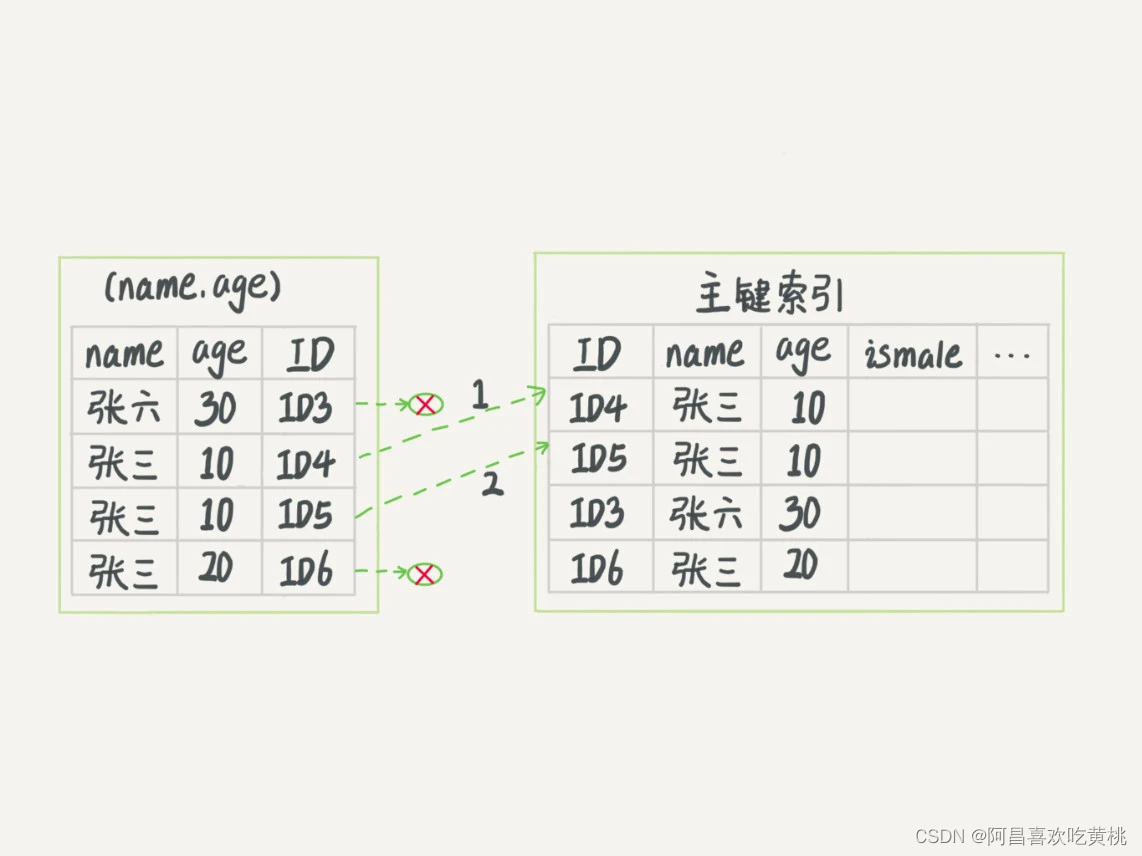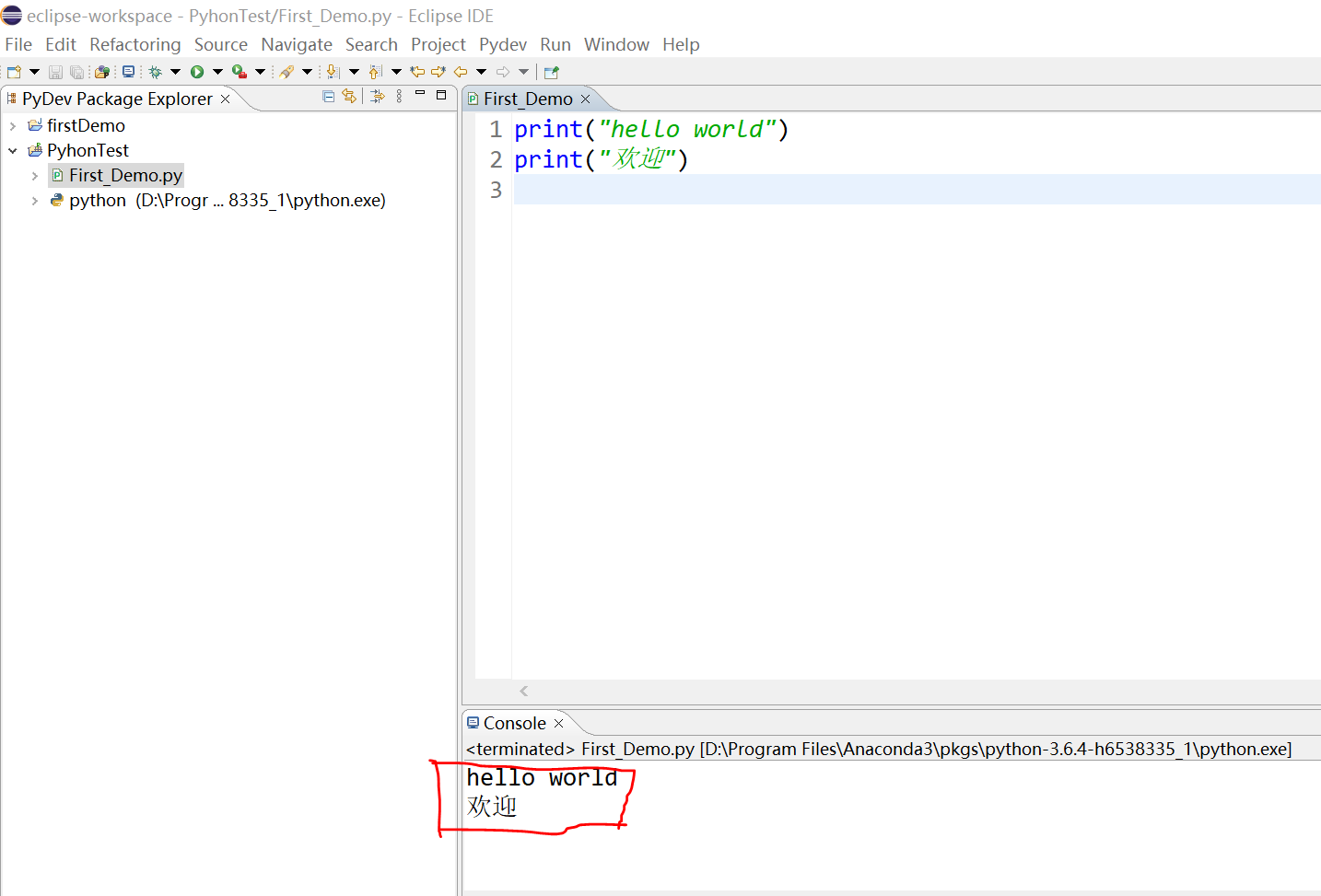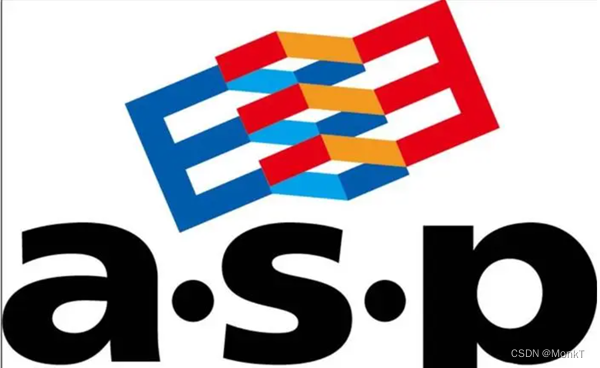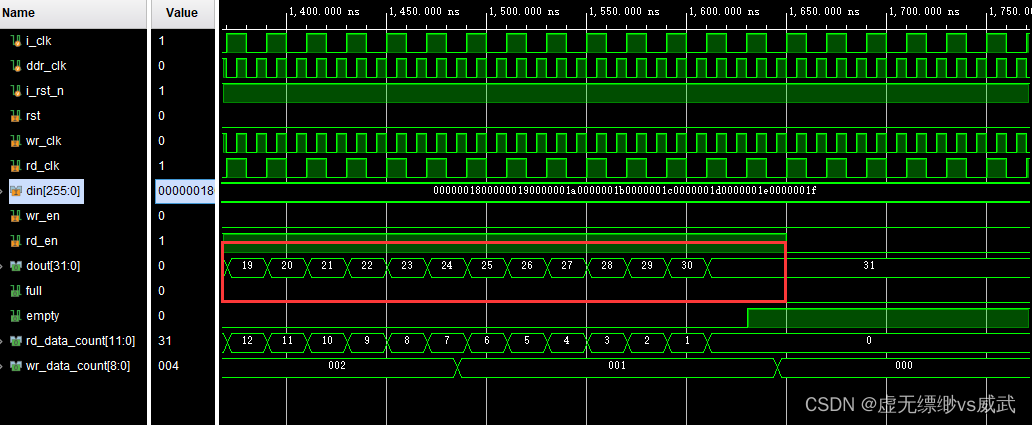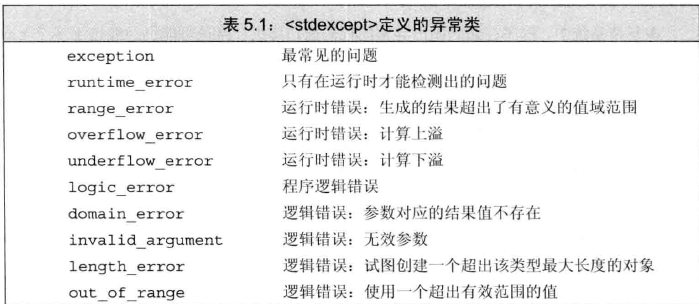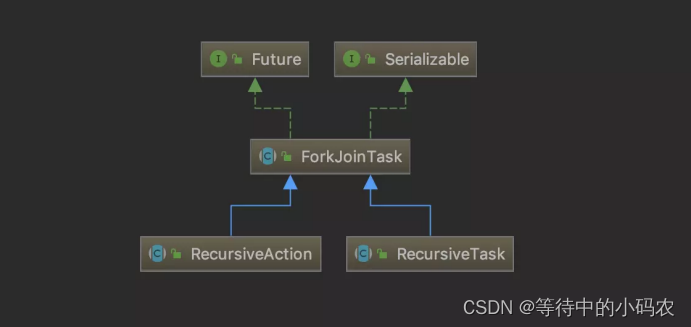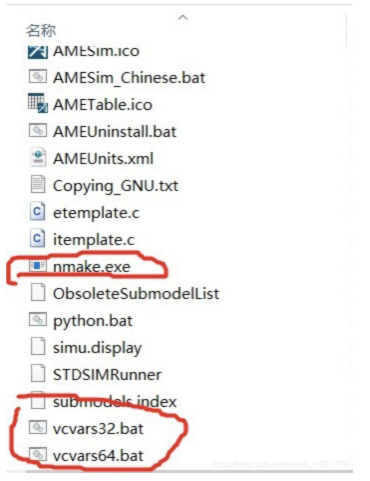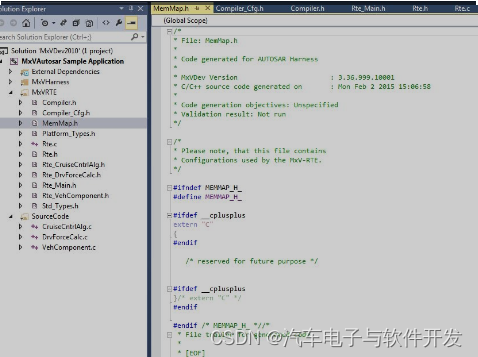一,前言
上篇,组件部分-生成组件的真实节点;
本篇,组件部分-组件挂载流程分析;
二,组件挂载流程分析
1,示例
- 全局组件:my-button,name:‘全局组件’;
- 局部组件:my-button;name:‘局部组件’;
<body>
<div id="app">
<my-button></my-button>
</div>
<script src="./vue.js"></script>
<script>
// 全局组件
Vue.component('my-button',{
name:'my-button',
template:'<button>Hello Vue {{name}}</button>',
data(){
return { name: '全局组件'}
}
})
new Vue({
el: "#app",
components:{ // 局部组件
'my-button':{
template:'<button>Hello Vue {{name}}</button>',
data(){
return { name: '局部组件'}
}
}
}
});
</script>
2,组件的挂载流程
// src/init.js
export function initMixin(Vue) {
// 初始化
Vue.prototype._init = function (options) {
const vm = this;
vm.$options = mergeOptions(vm.constructor.options, options);
initState(vm);
if (vm.$options.el) {
vm.$mount(vm.$options.el)
}
}
Vue.prototype.$mount = function (el) {
const vm = this;
const opts = vm.$options;
el = document.querySelector(el);
vm.$el = el;
if (!opts.render) {
let template = opts.template;
if (!template) {
template = el.outerHTML;
}
let render = compileToFunction(template);
opts.render = render;
}
mountComponent(vm);
}
Vue.prototype.$nextTick = nextTick;
}
第一次进入,为根节点初始化,el 为 #app;

第二次进入,组件的初始化,el 为 undefined;
-
继续,进行组件的挂载操作 mountComponent:
-
组件的挂载:核心是创造出一个组件的虚拟节点,并调用他的更新方法 _update:
-
render.call 创造组件的虚拟节点 vnode,即 button 的虚拟节点:
-
vm.render 执行完成后,继续执行 _update 方法:
-
这时,不能获取到上一次的虚拟节点:
-
当组件挂载时,$patch 方法中的 el 为 null;
-
此时,patch 内部判断了,如果 oldVnode 为 null,就使用组件的虚拟节点,创建出组件的真实节点:
-
此时,返回的 vm.$el 就是 button 内部包含着内容:
此时,子组件就挂载完毕了!
-
vnode.componentInstance存在,说明是组件,createComponent 方法返回 true:
-
createElm 方法中,返回组件的 $el,即组件对应的真实节点 button:
-
createElm 递归处理,将生成的组件真实节点,放到对应的父节点上;
-
再将完整的 div 挂在到页面上
三,完成流程
1,实现了 Vue.component,它的核心功能是注册成全局组件;
内部会自动调用 Vue.extend 方法,返回组件的构造函数;
2,在组件初始化时,会做组件的合并;
mergeOptions 先找自己的局部组件,然后再通过链继续向上找全局组件;
3,合并完成之后,内部会对模板进行编译操作,最终会走到_c(‘组件名’)
做标签筛查,创建组件虚拟节点;若 Ctor 为对象,需要使用 Vue.extend 处理为组件的构造函数;
所以,所有的组件都是通过 Vue.extend 方法来实现的;
4,创建组件的真实节点
- 通过 new Ctor 得到组件实例;
- 组件实例调用 $mount 方法:生成组件的真实节点 $el,对应组件模板渲染后的结果
- 通过 vnode.componentInstance = new Ctor() 使后面可以拿到组件渲染后的结果: vnode.componentInstance.$el
5,将组件的 vnode.componentInstance.$el 插入到父标签中
6, 在 new Ctor() 组件实例化时,会执行组件初始化流程,为组件添加独立的渲染过程;
- 每个组件实例都拥有独立的渲染 watcher;
- 当组件渲染时,组件对应的属性会收集自己的渲染 watcher;
- 当组件更新时,只需更新组件对应的渲染 watcher 即可;
- 所以,组件是局部更新的,性能也会比较好
四,结尾
本篇,组件部分-组件挂载流程简述;
下篇,组件部分-组件相关流程总结;
备注:还需要添加很多图,后续迭代。。。

